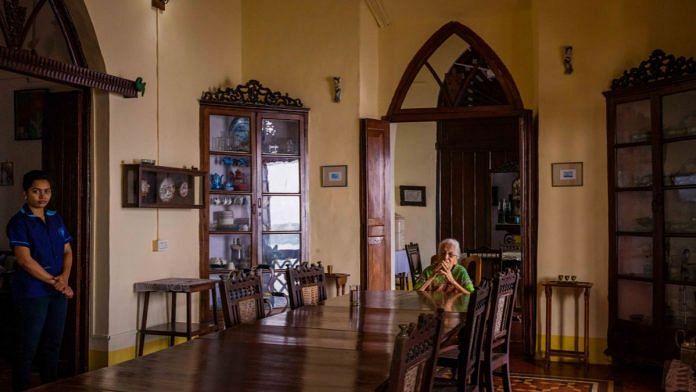Maria Teresa Colaço’s memory flowed like the Mandovi—sometimes clear as morning light on water, sometimes opaque as the monsoon-churned muddy depths, but always in motion. In her later years, the nonagenarian was afflicted with dementia, yet propelled by something deeper than cognition, she longed only to return home to Solar dos Colaços, her palatial riverfront house. Last year, she passed away in the house where she had spent nine decades. It is this profound connection between people and place that Ulka Chauhan explores in her new photography book, The Memory Keepers and Future Seekers, the latest homage to Goan homes and their role as vessels of cultural memory.
Chauhan’s journey into these homes began, ironically, when she found herself locked down in her own childhood home in Mumbai during the pandemic. Having lived abroad for two decades, this enforced stillness sparked a meditation on belonging, eventually leading her to Goa’s heritage houses. Chauhan read photographer Prabuddha Dasgupta’s landmark Edge of Faith—an intimate, interior look at Goa’s Catholic community. “The photographs were so soulful, it led me to want to explore these homes from the inside, having only ever seen them from the outside,” Chauhan told me. “Something inexplicable drew me to them. I was capturing the homes, but in a way, the homes captured me.”
What started as a personal exploration, initially documented for an international photo festival in Switzerland, has since evolved into a profound visual narrative of six ancestral homes. Recently launched at the Goa Arts and Literature Festival, Chauhan’s sombre photographs—accompanied by contemplative essays by art writer Samira Sheth—move beyond architectural documentation. Through Chauhan’s lens and Sheth’s words, we don’t enter these spaces as tourists but as witnesses to living history—where Belgian crystal chandeliers cast their glow on furniture carved with scenes from the Ramayana, where private chapels coexist with Hindu iconography.
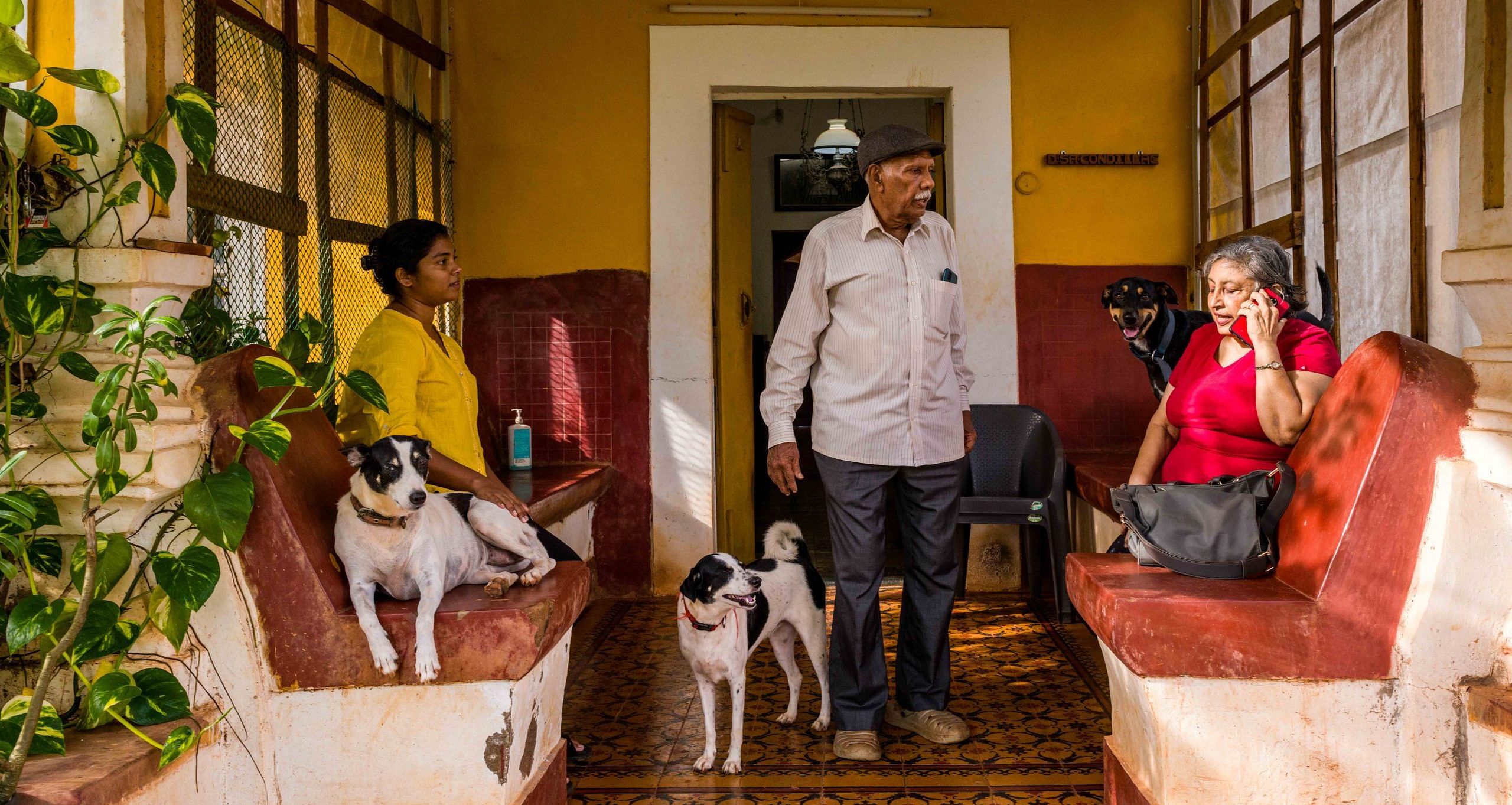
The power of Chauhan’s photographs lies in their quiet restraint. She chooses to capture these homes, and the people who belong to them, in available light. Shadows pool in the corners, and sunlight filters through oyster-shell windows, creating what she calls “a moody, poetic quality”. This approach is particularly moving in her images of Solar dos Colaços, where Maria Teresa’s shrinking world is framed—arched doors opening into more archways.
In one striking image, the mansion’s long dining table stretches emptily before us, its polished wood a reminder of bygone family gatherings. The table, where Maria Teresa is seated alone at, 20 people once dined together comfortably. Now, the only human presence in the room is found in the ancestral portraits carefully arranged along the walls.
Also read: Postcard to handkerchief—Goa’s archival project shows how personal intersects with historical
Goa’s heritage homes—in photos and words
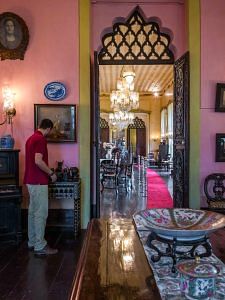
Several of Chauhan’s photographs are weighted by absence. In the homes she documents, a delicate negotiation between preservation and change unfolds. Nowhere is this more poignantly encapsulated than in the D’Sa Condillac house, where a simple rope hangs along steep stairs—not an architectural flourish, but a necessity for ageing residents. This interplay between past and present is most eloquently visible in the Fernandes home, where the spatial arrangement itself tells a story of cultural synthesis. An interior aangan, typical of Hindu homes, opens next to a Catholic altar, while European-inspired paintings look over Indian sheesham furniture—silent testaments to Goa’s syncretic heritage. These are living spaces where history continues to unfold through daily rituals and adaptations.
“Of course, any speculation of this nature raises the risk of archaeologising a resoundingly living culture,” writes Nicole Ann Lobo in the book’s opening essay. “The traditions of Goan families remain vibrant, imbued with vitality, even – especially – in the homes found in this book… For Goans are too often caricatured in critical writing and public discourse: seen simply, derogatorily, as hybrid, or the products of forced conversions, denied agency about the customs they have chosen for themselves, the forms of resilience and identities forged in the face of colonial rule.” A respectful look at culture, however, isn’t always a bad thing.
Heta Pandit, a heritage activist and author of 11 books, whose work in documenting Goan homes spans four decades, offers a different perspective on these spaces in her 2022 book, Stories from Goan Houses. Working with photographer Daniel D’Souza—and with a little help from Dayanita Singh—Pandit captures vibrant, lived-in spaces across Goa, accompanied by sunny essays about the people who inhabit them. “I don’t always write for the reader/viewer,” Pandit told me. “I write for the houses. I want people to see and admire the beauty that they hold literally in the palms of their hands, a beauty they inhabit, cohabit.”
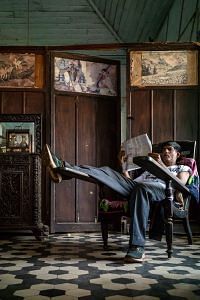
Where Chauhan’s photographs are hushed and meditative, Pandit’s documentation is intentionally luminous. The brightness, the cheerfulness—it’s a deliberate choice, she told me, as was the decision to feature “Hindu” houses. In 1998, when Pandit worked on Houses of Goa, co-authored with architect Annabel Mascarenhas, they had no access to Hindu houses because “we simply did not know enough people in Goa”. That changed over two decades—Stories from Goan Houses is now chock full of legends, everyday rituals, and granular details about the objects that give a home its soul.
My favourite entry is the Harvalkar House in Brahma Karmali, precisely because it’s not the cupcake you would encounter in a conventional photography book. Harvalkar House is the home of Lakshmi and Vishnu, a “working-class” couple. Vishnu makes palm frond brooms, while Lakshmi was an agricultural worker. Their home is simple, sparse—a complete departure from the grandeur and lushness of other featured houses. Pandit had written about Lakshmi in her earlier books, including Grinding Stories: Songs from Goa. “One of the sweetest experiences has been at their home,” Pandit said. “When I asked Lakshmi what was to become of all the songs she sings once she is gone, she smiled and said, ‘That is why you write books, no?’”
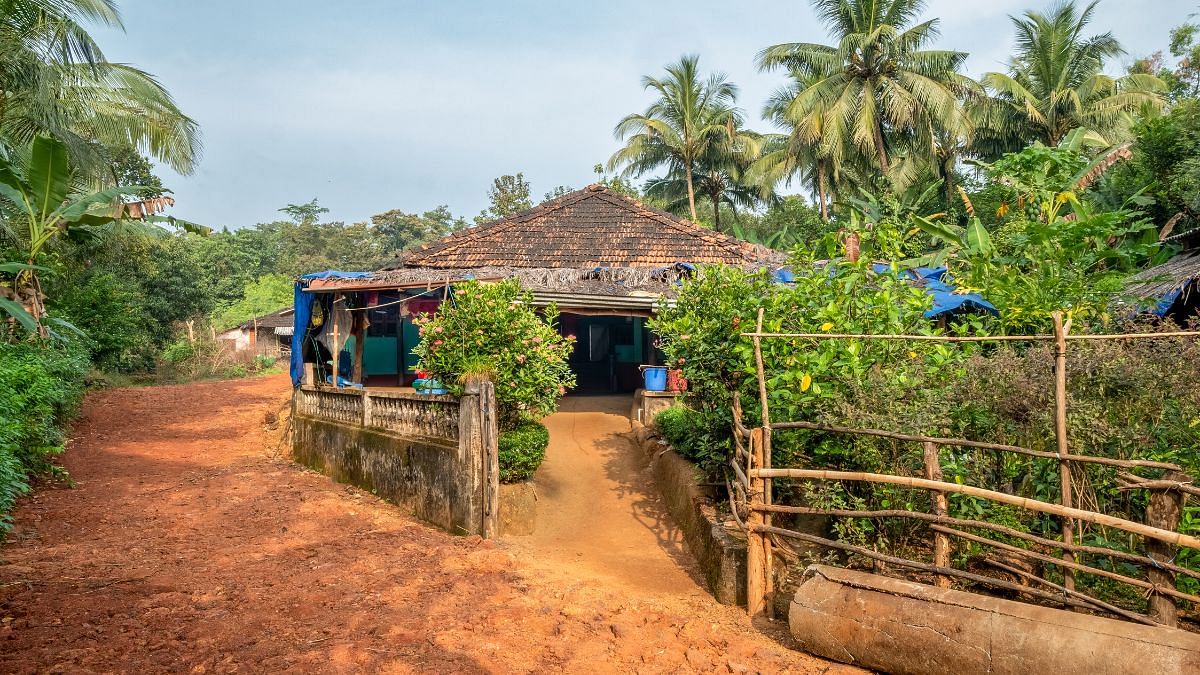
Also read: Goa tourism needs to reimagine itself. There’s more to it than beaches and booze
Goan relationship with homes
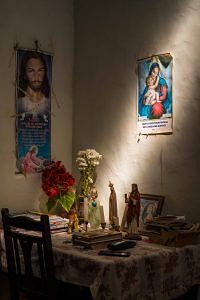
There is something distinctive about the Goan relationship with built heritage that sets it apart from other parts of India. Elsewhere, families may maintain deep ties to ancestral lands, to the idea of belonging to a particular village or town, but the physical structures themselves often become expendable—old havelis give way to modern apartments, traditional courtyard homes are replaced by more practical constructions. In Goa, however, the attachment is to the very bones of these houses—to their laterite walls, to the specific way light falls through a balcão at dawn.
This devotion manifests in the painstaking maintenance of these spaces, often against considerable odds. It’s present in the careful restoration of weather-beaten wood, in the gentle accommodation of modern necessities without compromising a home’s essential character. These are acts of love, complicated by the very real challenges of maintaining centuries-old structures in a changing (and tropical) world. Yet for many Goan families, the labour is inseparable from the love.
Pandit said that this impulse isn’t just a “Goan” thing. She refers to her own Parsi lineage, where “our collections, our homes, hold a very special place”. When She bought her house in Saligao in 2008, she converted the old kitchen into her bedroom. “The old sink with the date of construction roughly scratched out is now my prayer table,” she said. “I have surrounded myself with my own memorabilia here. My heart beats at an even pace here, in this nook.”
Perhaps this is what preserving a home truly means in the Goan context—the need to have an ongoing dialogue with memory itself. Through the lenses of both Chauhan and Pandit, we see that these homes contain multitudes. And that home isn’t always about inhabiting a space, but about allowing it to inhabit you.
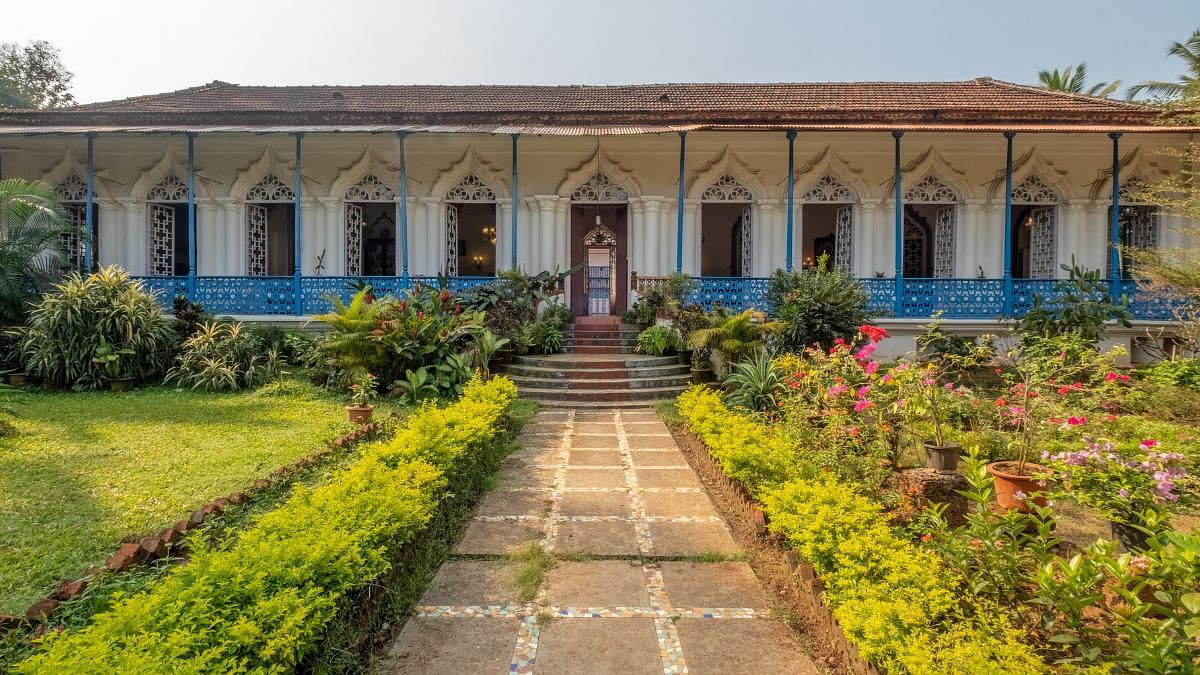
This article is part of the Goa Life series, which explores the new and the old of Goan culture.
Karanjeet Kaur is a journalist, former editor of Arré, and a partner at TWO Design. She tweets @Kaju_Katri. Views are personal.
(Edited by Prashant)



